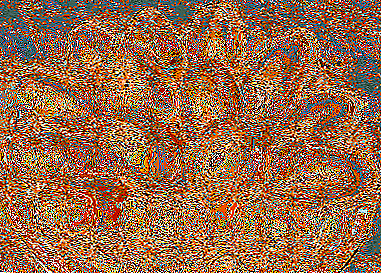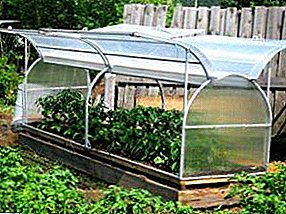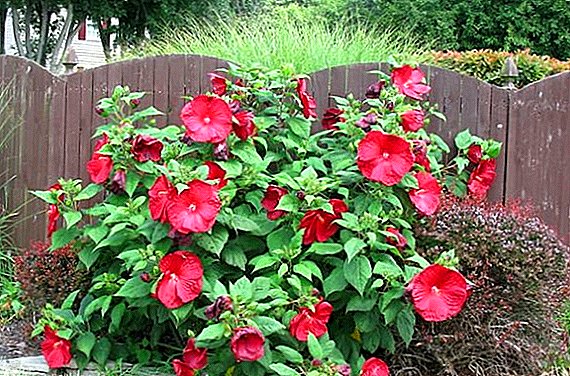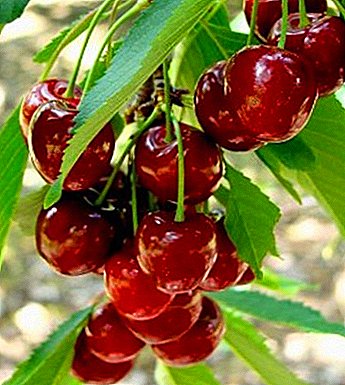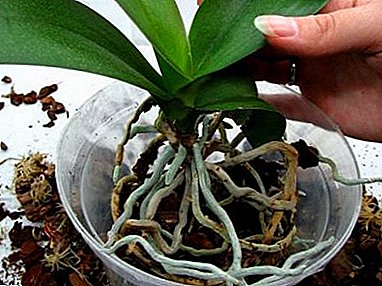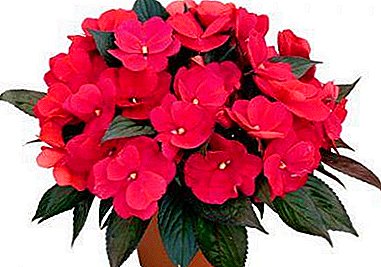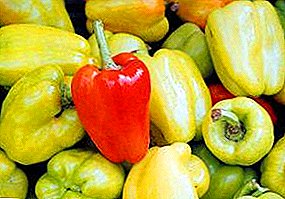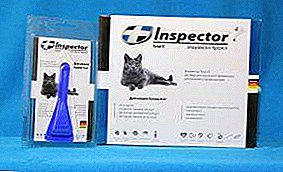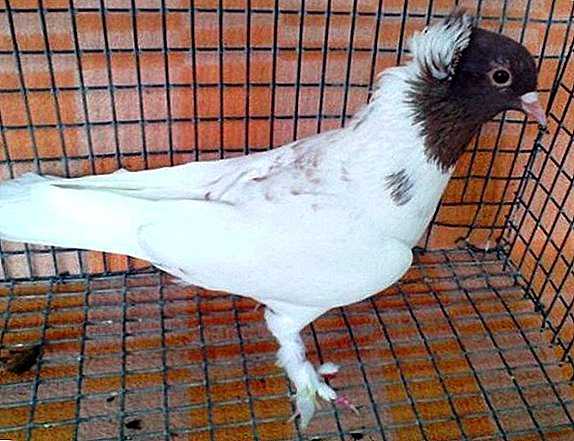 If you like pigeons and are considering the option of acquiring new species, it makes sense to pay attention to one of the oldest breeds - Iranian tickled or Carragezian. They have many advantages, original appearance and good health. The history and features of this remarkable breed are described below.
If you like pigeons and are considering the option of acquiring new species, it makes sense to pay attention to one of the oldest breeds - Iranian tickled or Carragezian. They have many advantages, original appearance and good health. The history and features of this remarkable breed are described below.
Breed history
Iranians from different social strata from ancient times bred pigeons. They believed that this is a sacred activity that brings good luck and blessing of higher powers. The inhabitants of Iran developed a separate species based on Persian breeds - a large, massive bird with a powerful body, short and strong limbs. The main color of its plumage is white, usually with different color spots.  Later, by selection, several subspecies of Iranian pigeons were bred: Hamadan, golovaty, cheeky.
Later, by selection, several subspecies of Iranian pigeons were bred: Hamadan, golovaty, cheeky.
Did you know? To this day, ancient dovecotes in the form of beautiful houses, similar to castles, have been preserved in Iran. They were made of stone and clay and designed for more than 100 heads. Pigeons' droppings were massively used for fertilizing out of fertile agricultural lands.
The tradition of breeding pigeons has been preserved by the Iranians to this day - they are kept by about 5% of all households in Iran. At the same time, the majority of pigeon houses are located in cities, and not in villages.
Description and Features
The Iranian tickled dove has an original exterior that distinguishes it from other breeds. This breed includes 2 varieties: Tibriz and Tehran.
Video: Iranian Tickled War Pigeons
Appearance and physique
These birds have an attractive appearance, which at first glance speaks of excellent flight qualities.
For the proper maintenance of pigeons at home, it will be useful for you to learn about the features of breeding and feeding pigeons, as well as how to keep pigeons in winter and how to make pigeon house with your own hands.
- Housing: elongated, slim.
- Head: large, smooth, in Tehran - rounded with a broad forehead, in Tibriz - elongated with a narrow forehead.
- Eyes: medium, usually dark, but may be of a different color.
- Beak: long, with the end wrapped down.
- Neck: long, smooth.
- Wings: 21-25 cm long
- Tail: long - 11-12 cm long, wide, consists of 12-14 feathers.
- Paws: not long - 9-10 cm long, strong, feathered, with pink fingers.

Other characteristics
In tickled pigeons, the average dimensions, apparently they look "thin".
- Body length: 34-37 cm
- Body circumference: 25-29 cm
- Weight: 250-300 g
- WingspanAround 60-70 cm
Did you know? The first mention of the special pigeon competitions, in which the birds showed their flying qualities, belong to the VII century BC. er The origin of these events took place in Kashan (Iran), from where they later spread to other cities. 7-10 birds took part in the competition.
Color spectrum
The main color of plumage of tickled doves is white. They were called cheeky because their cheeks and head were painted in other colors - usually yellow or red.
Flight performance
Like most Iranian pigeons, cheekbones can hold out in the sky for 4 to 10 hours. The highest indicators of the duration of the flight are possible with the provision of feathered quality care, health monitoring, balanced nutrition. Free floating in the air can last about 2 minutes. These birds fly very well, freely climbing to a great height, where human observation from the ground is no longer available.
Video: flying qualities of tickled, lively pigeons
They are referred to as battle breeds, as they fly their wings through the air when flying, emitting a characteristic click sound that can be heard from a long distance. They also perform some rolls in the air over the head, figures like a corkscrew (spiral rise), a pole (rise and fall vertically with making circles), a butterfly (a frequent fight with wings). The fight is moderate. Summer is calm and slow. Birds fly great against the wind.
Important! So that the pigeon does not lose the skill and was in shape, it must be released for training flights at least 2 times a week.
Content Features
You can keep Iranian tickled pigeons, like other fighting birds, in a cage, aviary or dovecote. The height of the pigeon house should be at least 1.5 m. The population density is 1 pigeon per 1.5 square meters. The cage should be made of stainless steel.  The dwelling should be equipped with ventilation that will cope well with the removal of excess moisture. It is necessary to equip perches, feeders, drinkers, nests. Litter is laid on the floor with a layer of not less than 5 cm. In order to avoid the occurrence of infectious diseases, disinfection is carried out once a month. After removing the litter, the pigeon house is washed from the inside (walls, perches, etc.) with a soap solution, then treated with 2% hot sodium hydroxide solution or 1% aqueous formalin solution.
The dwelling should be equipped with ventilation that will cope well with the removal of excess moisture. It is necessary to equip perches, feeders, drinkers, nests. Litter is laid on the floor with a layer of not less than 5 cm. In order to avoid the occurrence of infectious diseases, disinfection is carried out once a month. After removing the litter, the pigeon house is washed from the inside (walls, perches, etc.) with a soap solution, then treated with 2% hot sodium hydroxide solution or 1% aqueous formalin solution.
The optimum temperature for comfortable living of birds is 20-25 ° С.
Learn about the peculiarities of home keeping of such breeds of pigeons, such as: duty, Armavir, Kasan, Nikolaev, Turkish, fighting, Baku fighting, Turkmen fighting, Uzbek, peacock pigeons.
A good fight is possible only with balanced feeding, which should include:
- dry cereal mixtures (millet, oats, wheat, barley, corn, rice);
- fine gravel and river sand;
- flax, hemp, sunflower seeds;
- fresh greens.
An important condition is constant access to fresh and warm water.  With proper care and feeding, birds live on average 15 years, long-livers live to 35.
With proper care and feeding, birds live on average 15 years, long-livers live to 35.
Important! To acquire tickled pigeons should only be in famous pigeon farms or from experienced, reliable breeders. They are sold at home - in Iran, as well as in Russia, Ukraine. They are available in online sales.
Thus, Iranian cheek pigeons are popular with breeders in our time. They are attracted to the endurance, vitality and simplicity of birds, the beauty of appearance and flight skills. Keeping these birds and watching them fly is a real pleasure. Every lover of pigeons who has ever seen their flight in the sky is unlikely to remain indifferent and will surely get this snow-white miracle for himself.


